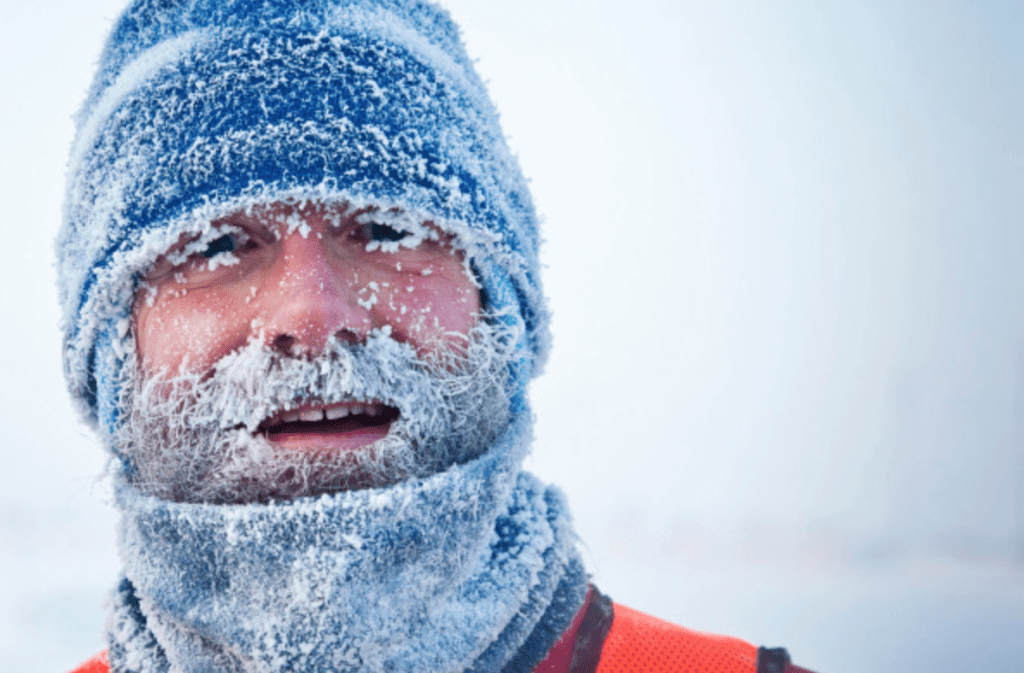It’s really important to keep warm when you exercise in winter. Keeping warm when working out outside in the winter cold, wet, windy and changeable British weather can be a balancing act. When it’s chilly, what you wear counts and could make all the difference to your winter workout experience. So that you don’t overheat, you should feel slightly chilly before your workout begins.
TOPS
The key is to LAYER UP. You can start exercising warm and then shed the layers if you need to. Layers trap pockets of body heat between the fabrics which insulate you better than a single bulkier top. Try 2-3 layers. The layer next to the skin is most important. This is your base layer. It should be a technical clothing layer made to drag sweat and moisture away from the skin. This is key to your comfort. Try merino wool for extra cold climes! They should be snug fitting but not restrictive.
On top of that, you should try a lightweight sweatshirt with zippable neck and sleeves. Extended sleeves with thumb hold will keep your wrists and hands warm.
Try a body warmer or gillet for extra core body heat.
BOTTOMS
For the best winter training, you’ll need longer trousers undershorts to protect your skin form the wind chill factor. Try seamless leggings to prevent chafing. Look for stretchy moisture-wicking fabrics with medium compression to allow for full range of movement. The material should feel like a second skin.
Alternatively, try some fleecy trousers for extra comfort:
JACKETS
Wind Proofing and waterproofing are essential for your winter jacket choice. They can be super lightweight so won’t add to your bulk but can be warm and dry. Berghaus and The North Face offer a good range of Gore-tex shells. You can also opt for a 3 in 1 jacket with an outer shell and detachable fleece or gilet for those four seasons in one day times.
TRAINERS
You may well need to adapt your training shoes to trail shoes which are waterproof and offer more ankle support. They offer a sturdier tread for running through water and mud. They can also be a good investment for summer running too if you like forest trails, fell running or coastal runs across rocky beaches. Dry feet make a big difference!
HEADGEAR
It’s a well-known fact that most heat escapes from your head so cover up with hats, caps, and headbands. We often train outside at MG Fitness so we need to protect our heads against the elements.
ACCESSORIES
ARM WARMERS: Long sleeves are important to keep your arms warm but sometimes after heavy exercise, they can be too hot. An alternative is a short sleeved t-shirt or vest with arm warmers.
GLOVES: Protect your extremities by wearing a light pair of waterproof gloves.
SOCKS!: Fork out on some New Zealand merino wool for extra warmth next to the skin. This is a great material, lightweight and super cosy. Definitely worth the extra spending.
TIGHTS!: That’s right. Try some compression tights under your trackies or shorts.
Best advice is: Keep your clothes on! If you keep taking off layers and putting them back on, you’ll lose the effect of the intelligent fibres and specialised tech fabrics, so get comfortable and stay comfortable this winter!! Happy training!





